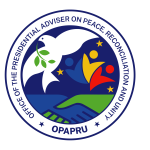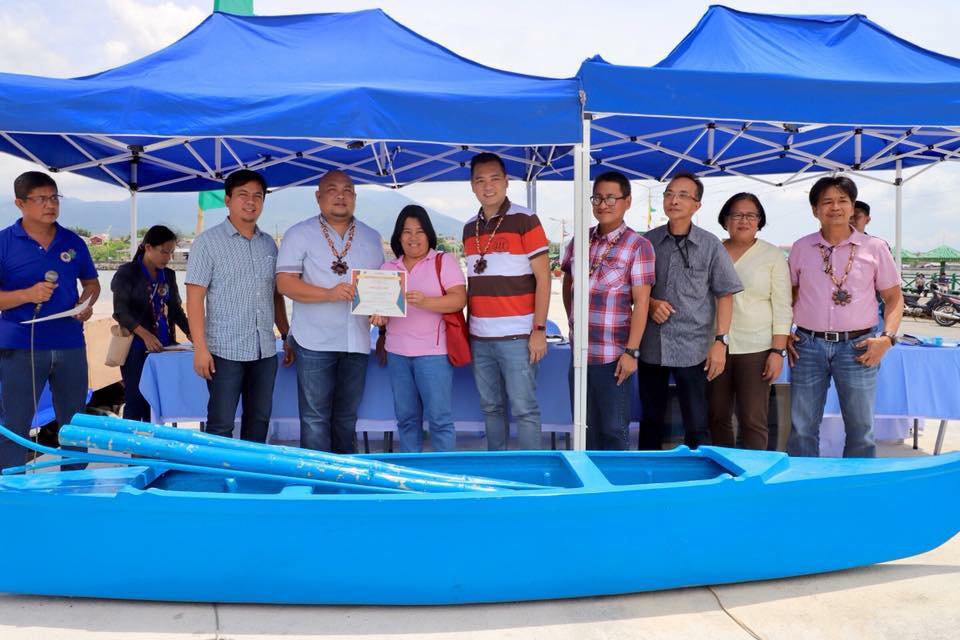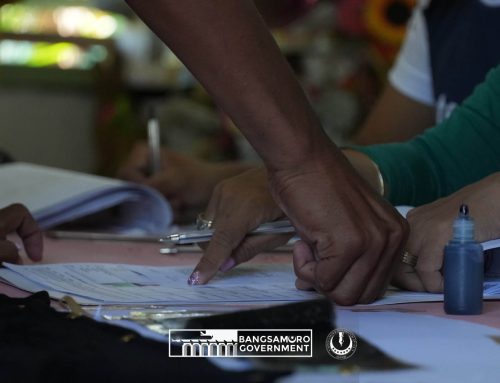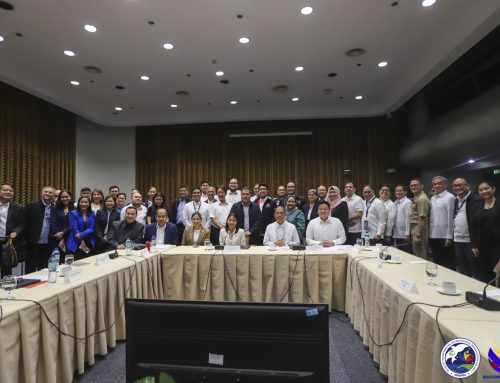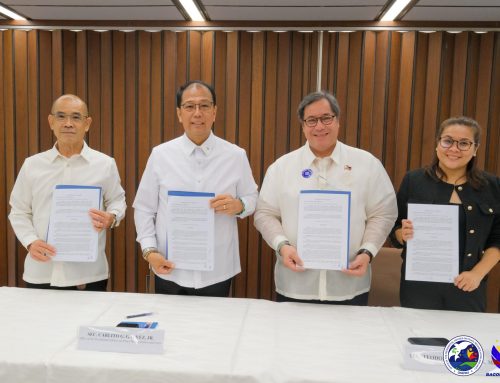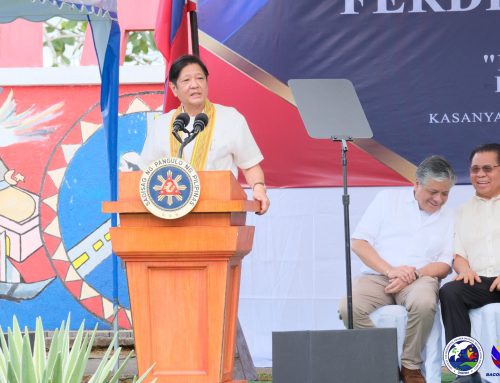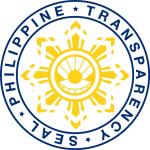SORSOGON CITY, July 28, 2018 — Cherry Legaspi can vividly recall when the Province of Sorsogon made a name for itself as one of the biggest seaweed producers in the region back in the day.
Working at the Office of the Provincial Agriculturist for decades, Cherry saw how hard the province worked to meet the demand for raw dried seaweed in other parts of the Bicol Region and even Cebu.
“Noong 1990s ang seaweed sa probinsya, napakaganda. Pumupunta pa rito ang mga barko galing Cebu, halos lahat dito kumukuha sa province (The seaweed production in the province was very good back in the 1990s. Ships from as far away as Cebu would come here to get their supply),” Cherry said in an interview.
But in early 2000s, the seaweed industry in the province faced a gradual decline. Local fisherfolk had to depend solely on fishing to make ends meet.
In 2017, the provincial government learned of the 2017 PAyapa at MAsaganang PamayaNAn (PAMANA) Program under the Office of the Presidential Adviser on the Peace Process (OPAPP) and decided to seize the opportunity it presented.
“Noong 2017, humingi ang PAMANA ng proposal. So kami naman sa fisheries division gumawa ng proposal to intensify and revive the seaweed production (PAMANA asked for proposals in 2017. So we in the fisheries division submitted a proposal to intensify and revive seaweed production),” Cherry said.
Through the 2017 PAMANA Program, OPAPP worked hand-in-hand with the provincial government to give the seaweed industry a brand new start.
A total of P22 million was allocated for the province. Of this amount, P17 million was spent for the construction of post-harvest facilities while P5 million was allotted for the production of a 16-hectare seaweed farm.
Fourteen fisherfolk organizations with more than 300 individual members across the province went through extensive training for skills that would help them sustain their own seaweed farms.
Rica Abla, an officer of one the organizations, said the project is an alternative livelihood to fishing especially now that there has been a significant decline in fish catch.
“Kasi ngayon ramdam ang hirap, ramdam din ang kakulangan. Dumami na rin iyong mga mangingisda, may time talaga na kulang (iyong huli). So iyong seaweed na iyon, magiging alternative para papahingahin muna ang karagatan (These days we really feel the hardship. And because the number of fishermen has increased, there are times when the catch is really small. Seaweed production will be a good alternative as we let the waters recover),” Rica said.
“So itong programa ng OPAPP ay makakadagdag sa hanapbuhay para sa aming mga pamilya, at para sa pagpapa-aral ng mga anak. Kumbaga maitatawid namin iyong buhay sa ganitong paraan (This OPAPP program will add income to our families and allow us to continue sending our children to school. We can make ends meet through this),” she added.

For his part, Provincial Governor Robert Rodrigueza urged the communist rebels in the province to return and live a civilian life, saying this project will give them opportunities to live decent lives.
“Malaking tulong talaga sa mga mangingisda kaya sa nakikita ko, iyong ating mga kaibigan o kababayan dyan sa taas, mas mae-engganyo silang bumaba na dahil nandito ang gobyerno — nakabukas ang kamay handang tumulong sa kanila (This is a big help to fisherfolk, and I also see that our friends in the mountains can be enticed to come down as they realize that government is here and ready to help them),” Rodrigueza said.
As for Cherry, her hope remains that it will not be long before the Province of Sorsogon carves out its name again as one of the biggest players in the seaweed industry.
“With this project na funded ng OPAPP, baka ito na iyong susi na mabuhay ulit iyong industriya ng seaweed sa buong probinsya na makakatulong talaga sa fishing communities (This OPAPP-funded project can be the key to reviving the seaweed industry in the whole province and help the fishing communities),” she said. ###

